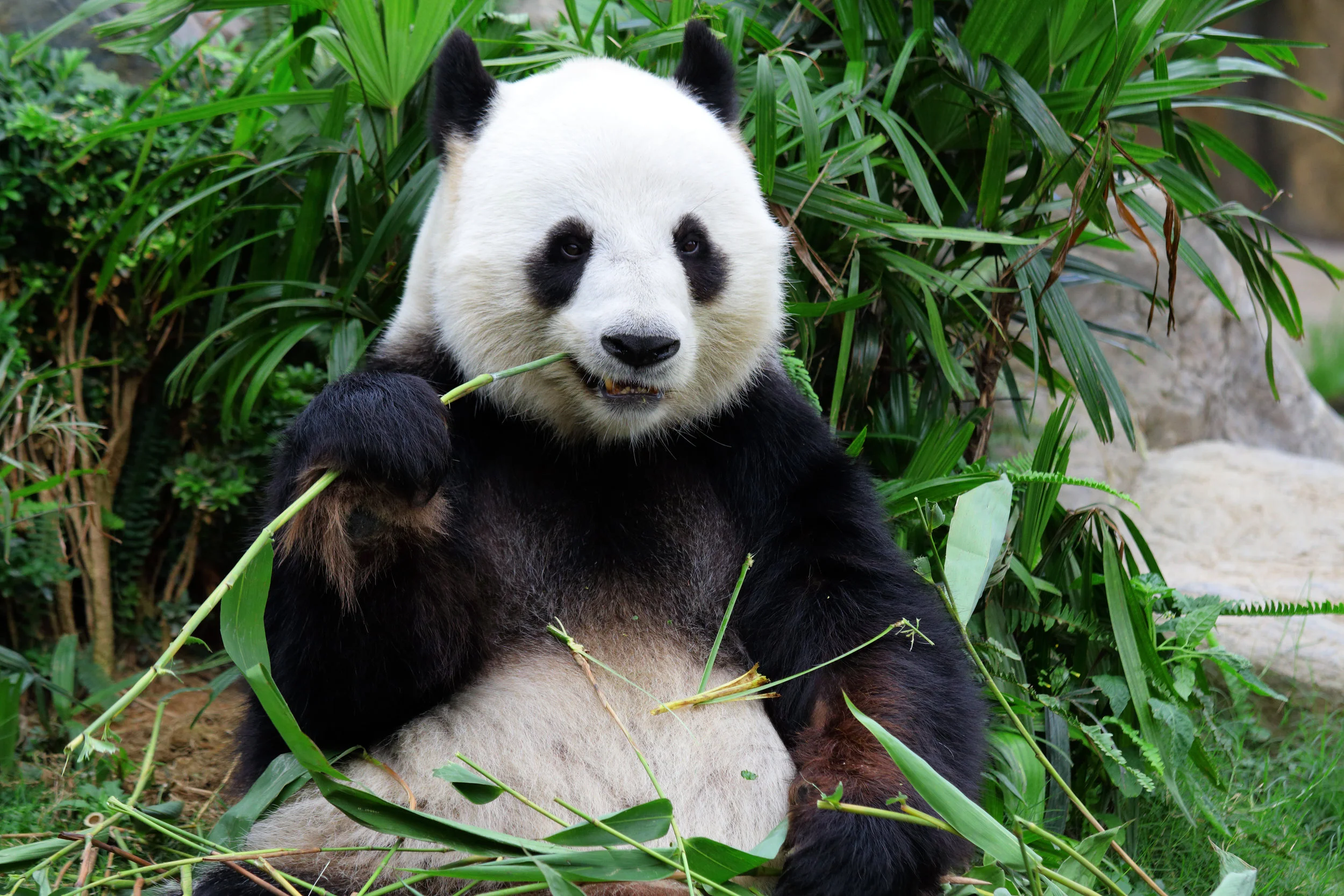Giant Panda
"Lazy Day " by Shawn Melchor (digital)
“I’ve always loved the panda they are one of my favorite creatures. I love the calm and seemingly playful demeanor they have.”
Your purchase is helping Expedition Art and Saving Species purchase land in Sumatra! Learn more about the project.
Habitat
Giant Pandas are found in central China, primarily in remote, forested regions. They live in high altitudes, between 4,000 and 11,500 feet in order to take advantage of the old-growth forests to make their dens. They prefer cool, damp climates and need at least a couple varieties of bamboo species and a water source in order to survive.
Family Life
Giant pandas are solitary animals and have adapted to leave chemical signals to other pandas alerting them of their presence and a highly acute sense of smell to pick up on these signals. They can be aggressive when they encounter one another, with the exception of mating. Males will use their keen sense of smell to seek out sexually mature females during mating season. A single infant is born after a five month gestation period. There are incidents of twins, but only one will ever survive.
Lifespan
Giant pandas have a life expectancy between 14-20 years in the wild. They are able to live up to 35 years in captivity.
Hunting Habits/Diet
Giant pandas are omnivores but their primary source of food is bamboo, which they eat continuously for nearly half of every day. They are able to consume nearly 30 pounds of bamboo during this period; since it is largely void of nutrients, a substantial amount needs to be eaten in order for the giant panda to survive. They also occasionally eat rodents, fish, insects and birds.
Population
There are an estimated 1,900 giant panda individuals remaining in the world today.
Fun Fact
The Chinese word for giant panda translates to “large bear-cat”. Baby pandas are white, developing their black and white coloring later on in their youth. They are the most vocal bear, using a large range of vocalizations to communicate with one another.
Why are they Endangered?
Habitat loss and fragmentation are the most immediate threats to the remaining wild giant panda population. Being isolated into smaller groups leaves the panda vulnerable to a lack of genetic diversity, which can result in disease. Climate change could potentially result in a catastrophic decrease in the quantity of bamboo which would provide disastrous to the viability of the species in the wild.
Status
Vulnerable


